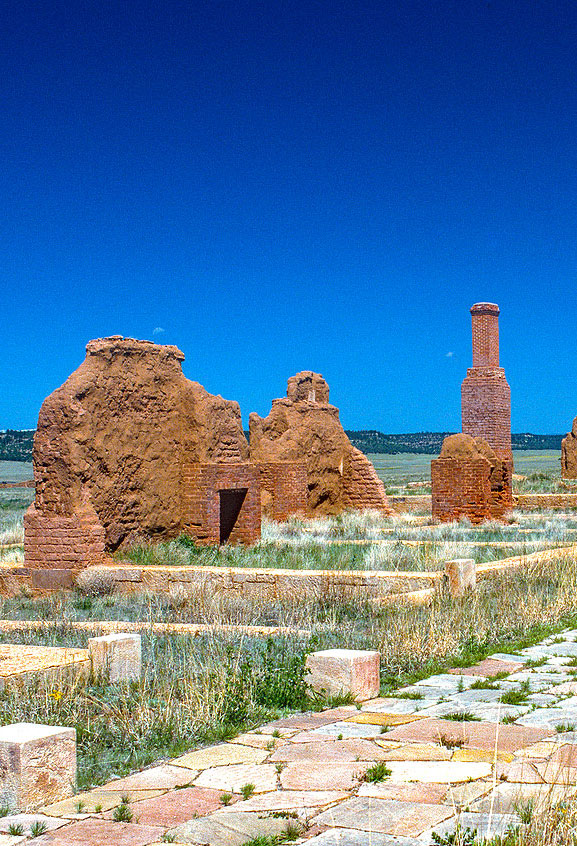Fancy a stroll through history? The 19 trails covering 36,000 miles in the National Historic Trail System allow you to, quite literally, walk in the footsteps of our nation’s past. These fascinating trails retrace travel routes of historic significance, whether due to migration, exploration, trade, or social issues. From westward expansion to the civil rights movement and Indigenous history, these six U.S. national historic trails are perfect for history buffs on the go.
Selma to Montgomery National Historic Trail
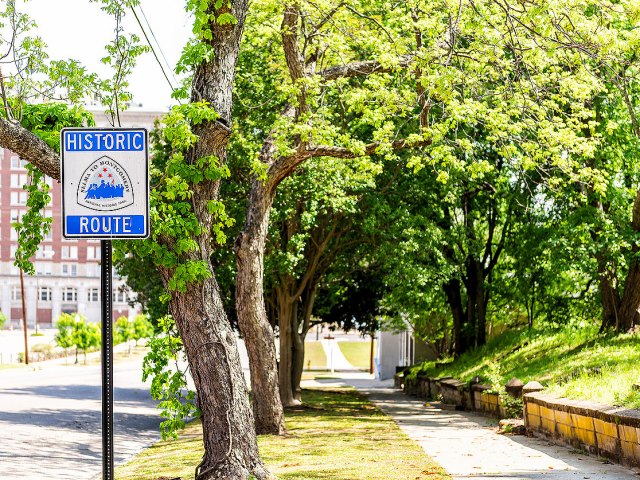
The 54-mile Selma to Montgomery National Historic Trail retraces the steps of one of the most famous protests in the civil rights movement. Following the path of the 1965 Voting Rights March in Alabama, the trail begins at the Brown Chapel AME Church in Selma, the same spot where the historic march began. The route eventually crosses the historic Edmund Pettus Bridge, where the nonviolent marchers were violently accosted by police officers on Bloody Sunday. From there, it continues along Route 80 and ends at the Montgomery Capitol Building, where 25,000 marchers listened to a famous speech delivered by Dr. Martin Luther King, Jr.
Lewis and Clark National Historic Trail

Crossing 16 states and the homelands of 60 tribal nations, the Lewis and Clark National Historic Trail covers an astounding 4,900 miles. Named after the intrepid explorers Meriwether Lewis and William Clark, the historic trail begins in Pittsburgh, Pennsylvania, and ends at the Pacific Ocean in Astoria, Oregon. Along the way, travelers can stop at numerous historical points of interest, such as the Knife River Indian Village National Historic Site in North Dakota, where Lewis and Clark set up a council with local tribes. Trekkers can also witness the impressive headwaters of the Missouri River in Three Forks, Montana, at the trail’s 2,500-mile marker. The trail ends at Lewis and Clark’s final destination, Astoria’s Lewis and Clark National Historic Park — home to a network of paths that wind through the temperate rainforest.
Santa Fe National Historic Trail
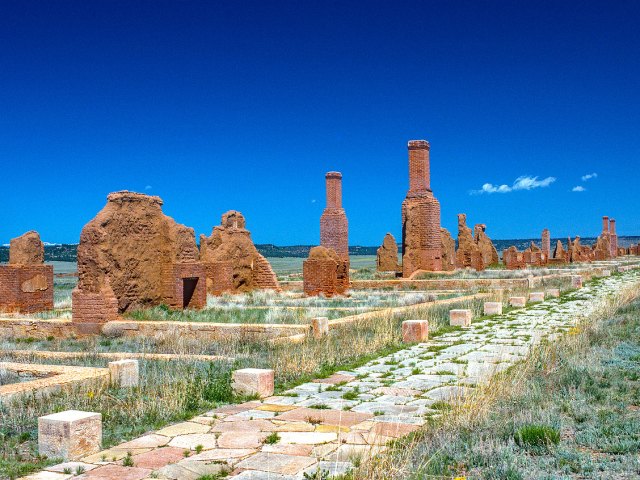
Established in 1821, the Santa Fe National Historic Trail is a former trade route that runs from Missouri to Santa Fe, New Mexico. As the first commercial highway in the United States, the 869-mile corridor was traveled by tradesmen, military personnel, and pioneers who forged the trail to carry goods during the country’s westward expansion. Although the invention of the railroad eventually led to the trail’s demise, visitors can still partake in its history at sites such as Fort Union National Monument in New Mexico and Bent’s Fort in Colorado. Near the end of the trail, Pecos National Historic Park not only contains the remnants of an old Spanish mission but also features underground ceremonial kivas built by the Ancestral Pueblo people.
Trail of Tears National Historic Trail
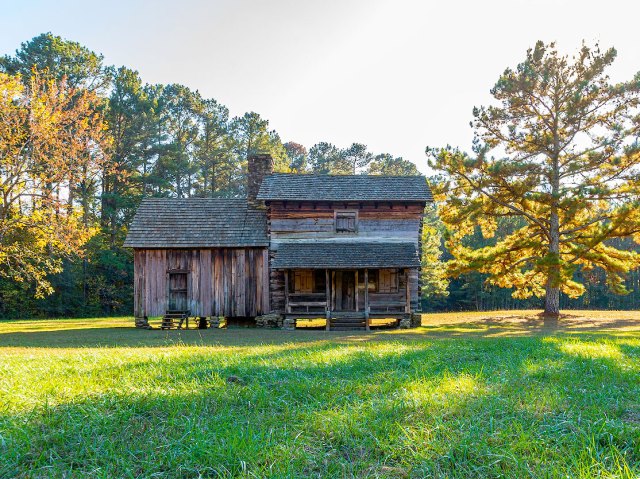
Commemorating the forcible removal of 16,000 members of the Cherokee tribe, the Trail of Tears National Historic Trail passes through nine states and extends for 5,043 miles. The Trail of Tears documents the harrowing journey of tribal members who were forced from their homelands in North Carolina, Alabama, Georgia, and Tennessee and relocated to Oklahoma after the Indian Removal Act of 1830. Although the Trail of Tears is not a continuous hiking trail, visitors do have opportunities to walk along portions of the passageway. Historic hiking routes include the Mountain Goat Trail in Tennessee, Mantle Rock in Kentucky, and Trail of Tears Greenway in Missouri. The National Park Service also provides suggested routes, such as this Georgia itinerary which includes historic stops at former Cherokee settlements, removal camps, and military posts.
Oregon National Historic Trail
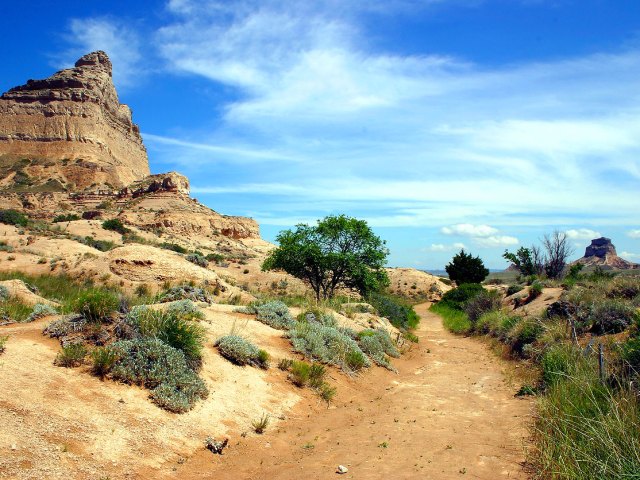
Forging a 2,000-mile path through the western half of the country, the Oregon National Historic Trail was traveled by settlers heading west in covered wagons in the mid-1800s. Emigrants began the arduous journey in Independence, Kansas, and crossed through Nebraska, Wyoming, and Idaho before landing in western Oregon. Along the way, the settlers could expect a multitude of dangers, including inclement weather, illness, and river crossings. Today, travelers can still spy the wagon wheel ruts made by the 500,000 emigrants who made the journey, while also spotting important landmarks that kept travelers oriented, such as Chimney Rock, Devil’s Gate, and Mount Hood.
Iditarod National Historic Trail

Although the Iditarod National Historic Trail came to fame through the annual dog sled race, the trail dates back to Alaska’s frontier days. Between 1880 and 1920, the 2,300-mile network of trails connected settlements, mining camps, and trading posts during Alaska’s Gold Rush. The longest continuous section of the trail ran for 938 miles from Seward to Nome, an alternate version of which is used by dogsled racers today.
Visitors can spot the musher’s statue at Mile 0 in Seward or visit the Seward Museum to learn more about the trail’s origins. Although the Iditarod is primarily a winter trail, navigable by either dog sled or snowmobile, there are a few hiking trails available when the snow is thawed, including Johnson Pass Trail, Winner Creek Trail, and Crow Pass Trail.
More from our network
Daily Passport is part of Optimism, which publishes content that uplifts, informs, and inspires.






